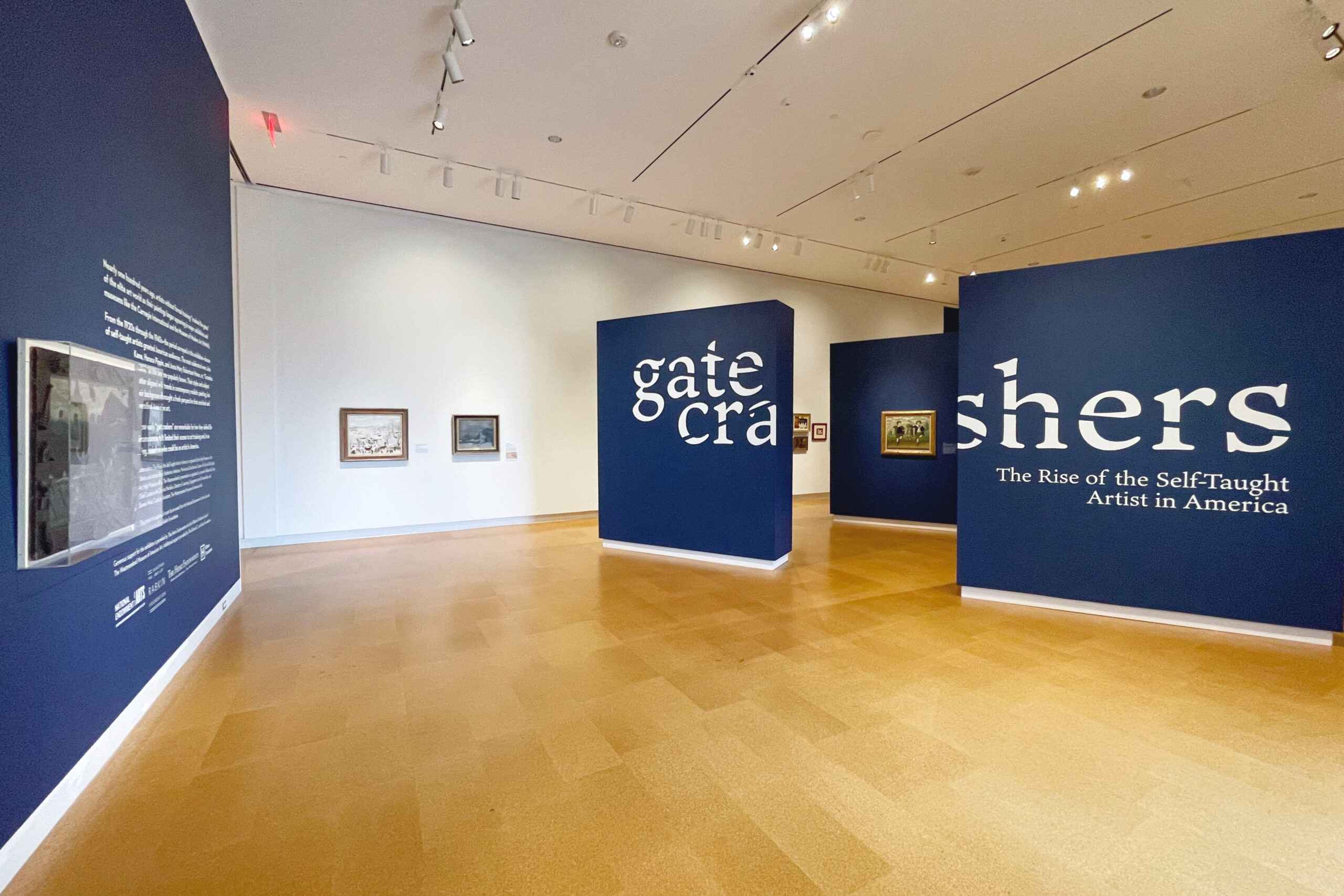Gatecrashers: The Rise of the Self-Taught Artist in America Exhibition Overview
October 16, 2022–February 5, 2023
In the fall of 1927, just before the opening of the Carnegie Museum of Art’s hotly anticipated contemporary art annual, the museum’s deputy director shared a juicy tip with the local press. The latest edition of the Carnegie’s “International” would include a painting that just did not quite belong: he referred to it as “a picture behind the door”. This jaunty painting of two Scottish American youths dancing a jig at one of Pittsburgh’s Highlander festivals (below) was by John Kane, an artist who had painted more houses and boxcars than canvases in his lifetime. Whipped into a frenzy, the Pittsburgh press ran with the narrative of Kane’s unlikely triumph at the elite art exhibition, tracking him down to his humble living quarters and dubbing him a “gatecrasher of Internationals.”
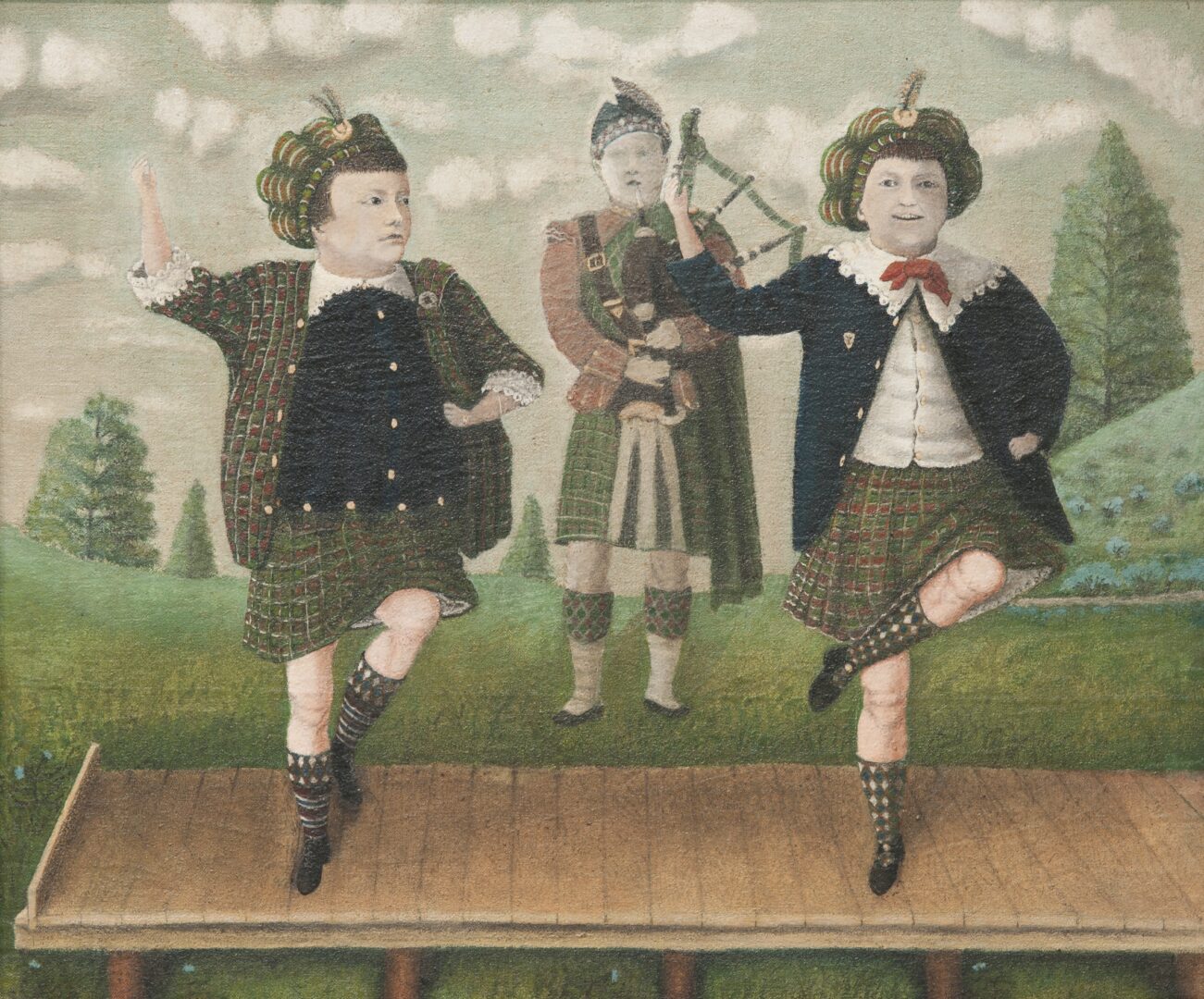
Kane’s success at the International despite his lack of formal artistic training marked an unprecedented trespassing of the American art world’s ivory tower, and his “accidentally modern” painting revealed a new paradigm of American originality. In the years following his gatecrashing, tastemakers such as the Museum of Modern Art, the Whitney Museum of American Art, the Phillips Collection, and the Barnes Foundation would make space for Kane and otherself-taught artists within their respective programs of modernism.
Featuring 60 works from leading collections across the country, Gatecrashers illuminates how artists, including John Kane, Horace Pippin, and Anna Mary Robertson Moses (Grandma Moses), overcame obstacles and each “crashed the gates” of major museums in the United States, diversifying the art world across lines of race, ethnicity, class, ability, and gender. This is the first exhibition to focus on how self-taught artists gained their cultural power in this country thanks to evolving ideas about American identity, inclusion, and national character in art.
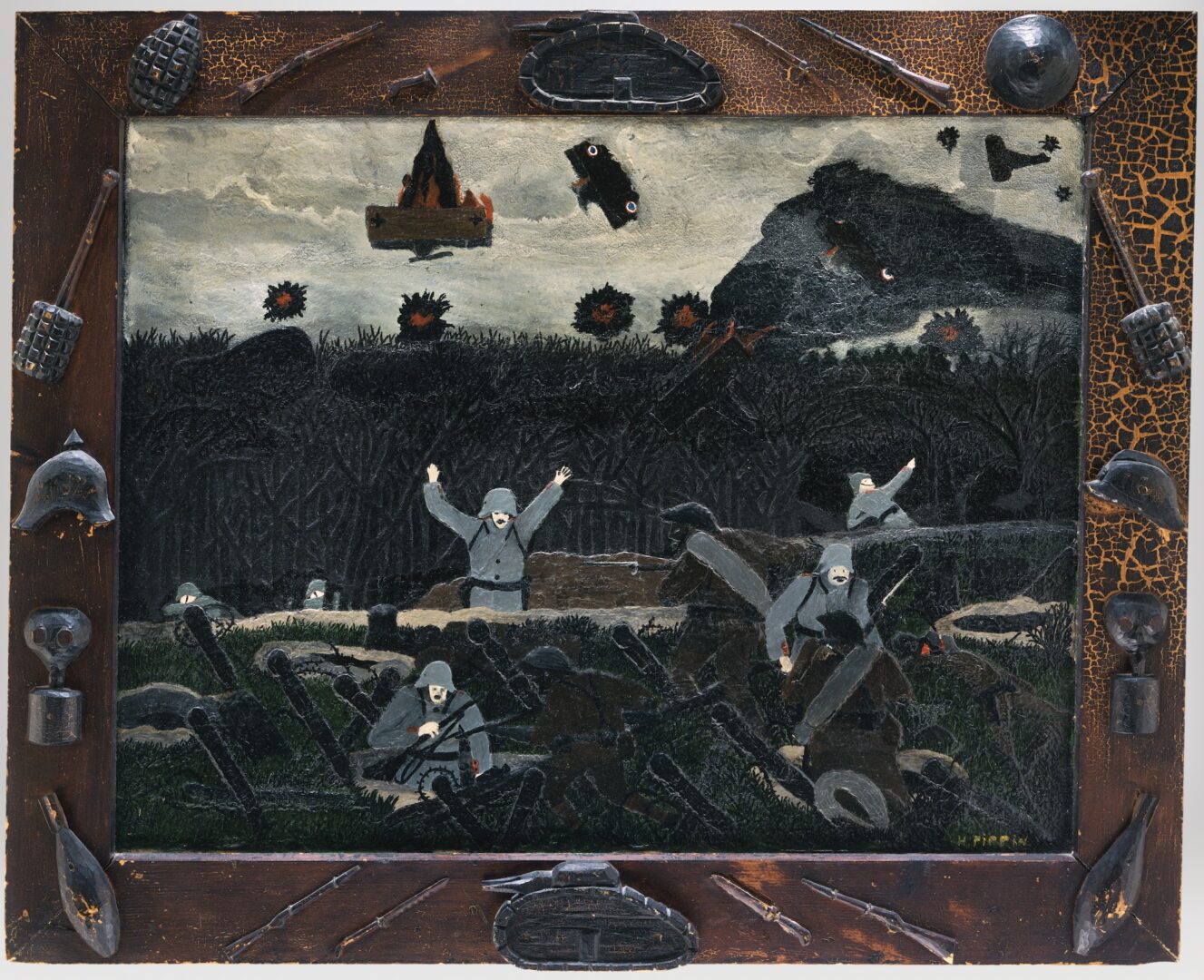
Beginning with Kane, the first wave of interest in self-taught artists peaked in 1938 with MoMA’s expansive survey Masters of Popular Painting: Modern Primitives of Europe and America, which also debuted the work of Horace Pippin, an artist based in West Chester, Pennsylvania. Pippin had begun painting as a way to rehabilitate an injury sustained while fighting in the trenches of World War I. He memorialized his service in the first majority all-Black regiment of the United States Army in works including The Ending of the War, Starting Home (above). This painting and its handmade frame will be on loan from the Philadelphia Museum of Art. Although Pippin completed the work in 1933, it held new resonance when exhibited widely in the late 1930s and ’40s as the nation braced for another global conflict.
While Pippin’s work was on view in Manhattan in 1938, another painter’s path to “gate-crashing” began farther upstate. Louis Caldor, a collector traveling near Eagle Bridge, New York, stopped to treat a stomachache at a country drugstore and discovered the idyllic rural landscapes of Anna Mary Robertson Moses—or Grandma Moses, as she would come to be known—hanging in the window (below).
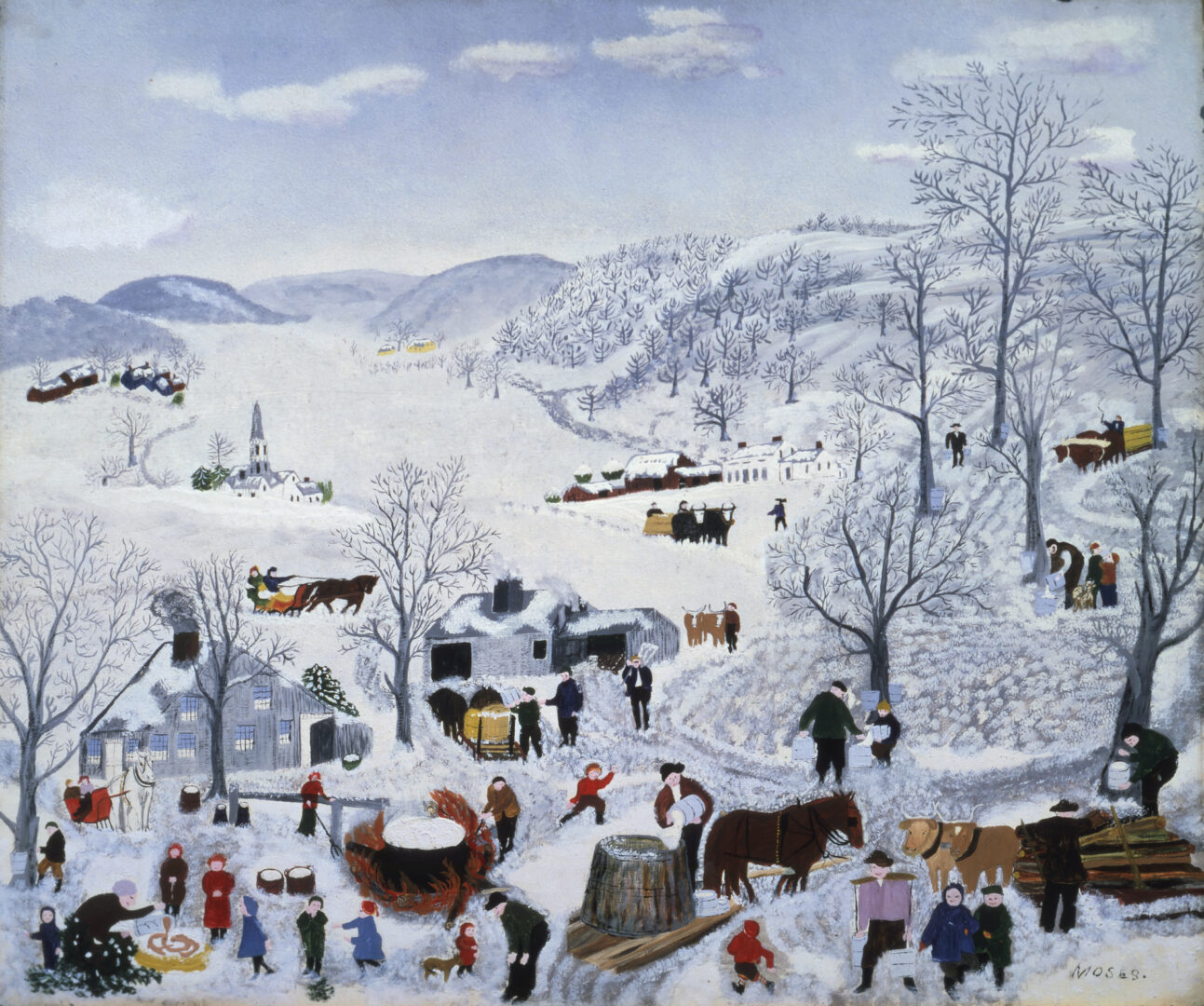
Caldor bought the pharmacist’s full inventory on the spot and brought her work back to the city, where it was shown in MoMA’s 1939 members-only exhibition Contemporary Unknown Painters and in a 1940 solo show at the Galerie St. Etienne, What a Farm Wife Painted. Unlike Kane and Pippin, who each died within a decade of their breakthroughs, Moses lived and worked through the 1950s, minting a level of fame that was unprecedented for any artist in American history and remains unsurpassed.
Kane, Pippin, and Moses were the most widely celebrated self-taught artists of this era, and their respective breakthroughs in the 1920s, ’30s, and ’40s map the arc of the mainstream art world’s first wave of interest in living self-taught artists. The work of these three artists will feature prominently throughout the exhibition, where it will hang alongside paintings by lesser-known self-taught artists, including Morris Hirshfield, Lawrence Lebduska, and Josephine Joy, whose inclusion will illustrate the breadth of the art world’s attraction to self-taught painters between the world wars.
Gatecrashers: The Rise of the SelfTaught Artist in America is organized by the High Museum of Art, Atlanta.
This project is supported in part by an award from the National Endowment for the Arts and The Dorothea and Leo Rabkin Foundation.
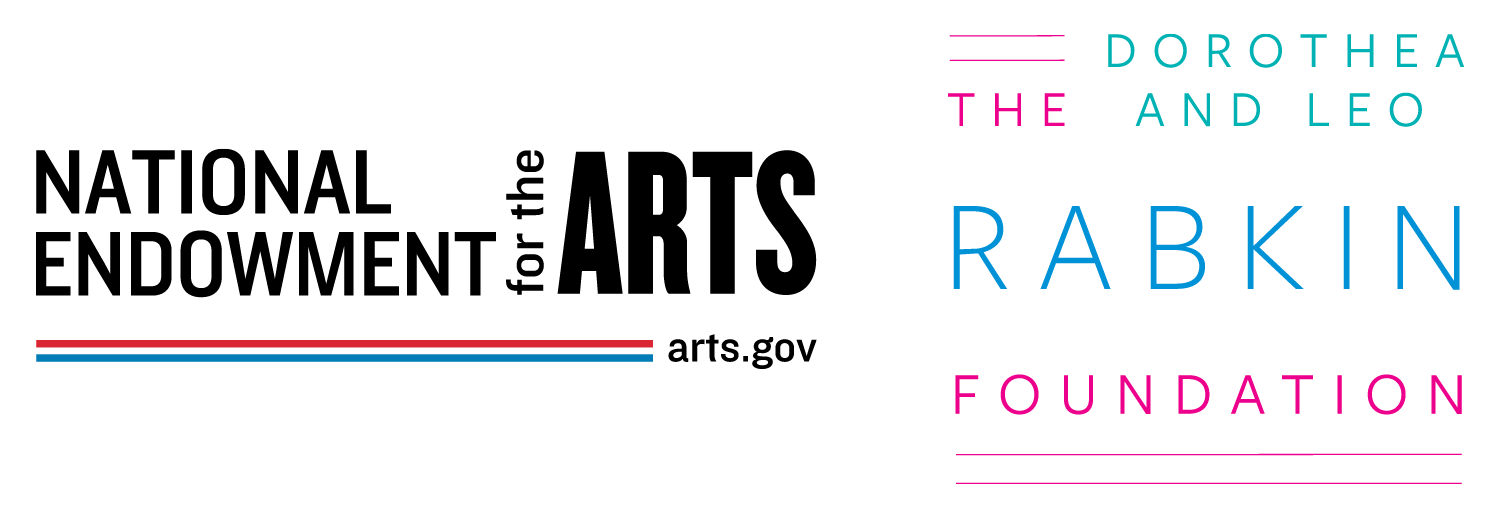
This exhibition is generously supported by The Heinz Endowments and the Hillman Exhibition Fund of The Westmoreland Museum of American Art.

